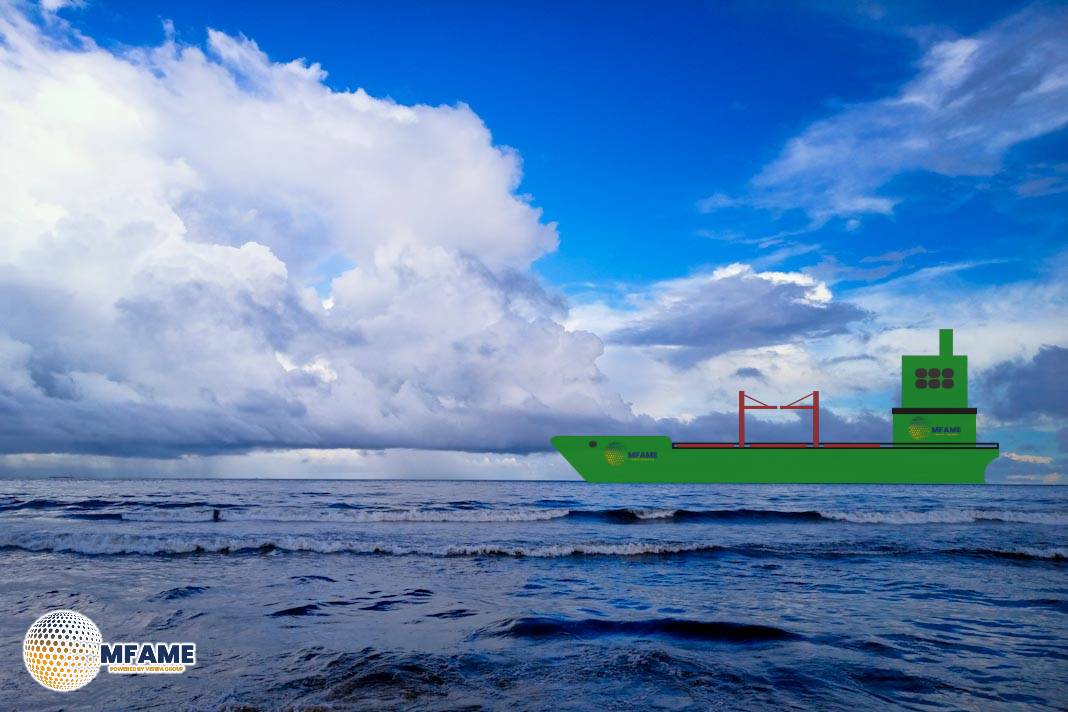- Liner capacity will shrink by 11% due to alliance restructuring, though weekly sailings will rise from 26 to 28.
- Gemini Cooperation balances subtrade capacity, while Premier Alliance increases Northern Europe’s share to 59,000 TEUs weekly.
- Rerouting impacts capacity; Suez Canal reopening could shift trends, with Northern Europe seeing an 11% capacity drop.
Liner capacity on the Asia-North Europe trade route is projected to decrease by approximately 11% following the implementation of new shipping alliances, according to analysis by eeSea. Despite this overall reduction, the number of weekly sailings is expected to rise slightly from 26 to 28.
Asia-North Europe capacity drop
The shift is driven by the dissolution of existing alliances, such as the Ocean Alliance, 2M, and THE Alliance, and the formation of new partnerships, notably the Gemini Cooperation and the Premier Alliance. These changes are prompting carriers to adjust their service offerings and capacity allocations.
“Despite two fewer weekly sailings into Northern Europe, Gemini Cooperation will provide fairly equal representation on both subtrades, in terms of proforma capacity,” commented Destine Ozuygur, head of forecasting and operations at eeSea. “The Premier Alliance, on the other hand, will have a bit more impact in Northern Europe, with 59,000 teu vs 51,000 teu average weekly teu deliverable.”
While the Ocean Alliance will maintain its six weekly services, Gemini will offer four, and the Premier Alliance, in conjunction with MSC, will provide five. The combined capacity of independent services is also expected to decrease. A different trend is observed on the Asia-Mediterranean route. The number of weekly sailings will remain stable at 23, while overall capacity is anticipated to increase slightly. This is attributed to adjustments in capacity allocation by various alliances and independent carriers.
Red Sea crisis effects
The ongoing Red Sea crisis, which has necessitated rerouting vessels around the Cape of Good Hope, has significantly influenced these network changes. Ozuygur notes that a resumption of Suez Canal transits could drastically alter the current landscape. “Although there will be little change in the total number of planned sailings, the Far East-Mediterranean subtrade will see an increase in both alliance and non-alliance weekly capacity, at 1% and 18% increase respectively. Northern European ports, on the other hand, will see a decrease of 11% on alliance offerings and 15% in non-alliance service capacity.”
The evolving alliance structures and the potential return to Suez Canal transits present a dynamic environment for the shipping industry. Market participants will be closely monitoring these developments to assess their impact on global supply chains and freight rates. “It will be interesting to see how this shift settles, given the possibility of regular sailings through the Suez Canal in the third or fourth quarter of 2025. With the positive uptick in schedule reliability noted on the Mediterranean trade in our Q4 24 Schedule Reliability Scorecard publication, a return to more predictable and shorter routings, as well as a shift in first ports of discharge, could spell a significant comeback for the region,” she adds.
Did you subscribe to our daily Newsletter?
It’s Free Click here to Subscribe!
Source: eeSea
















